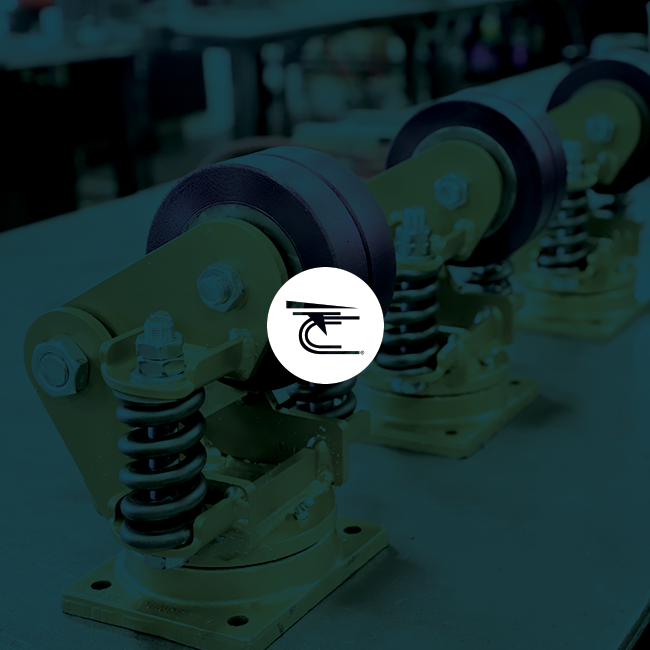

Caster wheels may not be the most important consideration in your production facility or project, but they should be on your priority list. When you take the time to analyze the environment and the types of casters available to you, it is possible to save money, enhance safety, and boost your production by simply choosing the right products from the start. This step-by-step guide will help you make the best decisions possible.
One of the most important deciding factors when it comes to choosing caster wheels is the maximum load size. Remember that casters have maximum capacities that vary depending on things like the materials used, the size, and more, and it is crucial that you choose casters that will easily support the maximum possible load. When in doubt, choose casters with weight limits well above the potential maximum. This way, if overloading were to occur, caster failure is less likely.
Once you understand the maximum load size, you will also need to consider the size and configuration of the cart or rack. Caster sizes will vary based on their configuration and the distance between the corners where the casters will attach to the cart or rack. In some cases, you may find that you need smaller dual-wheel casters to provide adequate support, but in other cases, you may need only one large caster per corner to get the job done. Take measurements for each cart or rack before buying casters.
Next, understand that today’s advanced casters have numerous high-tech features that make them safer, longer-lasting, or simply easier to use. Some of these include:
These represent only a handful of features from which you can choose, so be sure to look over your options and make the appropriate considerations.
Employee safety is a vital concern and one you should take seriously when choosing caster wheels. When you follow this guide, this is a great way to keep employees safe. However, ergonomics is also a concern, and this is especially true when it comes to the amount of force required to start a cart rolling or to maneuver it around a corner. Some casters are ergonomically designed, which means they can significantly reduce friction, making carts easier to maneuver. In turn, this can help reduce injury.
Last, but most certainly not least, cost is a very important factor to most businesses when it comes to choosing caster wheels. However, like many other things, you tend to get what you pay for. Spending very little on casters will likely result in lesser-quality products that will wear quickly or may fail unexpectedly, but at the same time, it is also possible to overspend. Take the time to truly think about the quality and reputation of the product, then compare it to the cost to get a better idea of its overall value.
As you can see, buying caster wheels does not have to be incredibly complex, but you should put some thought into it to make the best possible decisions. By following this guide, you can enhance your production, save money now and over time, and even promote ergonomics and safety in the workplace.